- Art Home
- Exhibitions
-
Explore the Collection
- Explore the Collection Home
- African Art
- American Paintings, Sculpture and Drawings
- Contemporary
- Decorative Arts and Design
- East Asian Art
- European Paintings, Sculpture and Drawings
- Fashion Arts and Textiles
- Musical Instruments
- Indigenous American Art
- Photography
- Prints
- South Asian Art, Islamic Art and Antiquities
- Provenance and Cultural Property
- Conservation
- Meet the Curators
- Digital Resources
- Art Bridges Cohort Program
- Events & Programs Home
- Calendar
- Accessibility
- Adults
-
Families & Teens
- Families & Teens Home
- 10x10 Teen Art Expo
- Art on the Rise
- Art Together: Art Making for Families with Children Ages 3–5
- Boy Scouts / Girl Scouts
- CAM Kids Day
- Family Storytime and Gallery Walk
- Family Studio: Art Making for Families with Children Ages 6–12
- Games in the Galleries
- Members-Only Baby Tours
- Public Baby Tours
- REC Reads
- Rosenthal Education Center (REC)
- See Play Learn Kits
- Summer Camp
- Teachers
- Community Outreach
- Fundraisers
- Plan Your Own Event

- Art Home
- Exhibitions
-
Explore the Collection
- Explore the Collection Home
- African Art
- American Paintings, Sculpture and Drawings
- Contemporary
- Decorative Arts and Design
- East Asian Art
- European Paintings, Sculpture and Drawings
- Fashion Arts and Textiles
- Musical Instruments
- Indigenous American Art
- Photography
- Prints
- South Asian Art, Islamic Art and Antiquities
- Provenance and Cultural Property
- Conservation
- Meet the Curators
- Digital Resources
- Art Bridges Cohort Program
- Events & Programs Home
- Calendar
- Accessibility
- Adults
-
Families & Teens
- Families & Teens Home
- 10x10 Teen Art Expo
- Art on the Rise
- Art Together: Art Making for Families with Children Ages 3–5
- Boy Scouts / Girl Scouts
- CAM Kids Day
- Family Storytime and Gallery Walk
- Family Studio: Art Making for Families with Children Ages 6–12
- Games in the Galleries
- Members-Only Baby Tours
- Public Baby Tours
- REC Reads
- Rosenthal Education Center (REC)
- See Play Learn Kits
- Summer Camp
- Teachers
- Community Outreach
- Fundraisers
- Plan Your Own Event
Blog: CAM Uncovered
Blog: CAM Uncovered
- Home
- Plan Your Visit
-
Art
- Art Home
- Exhibitions
-
Explore the Collection
- Explore the Collection Home
- African Art
- American Paintings, Sculpture and Drawings
- Contemporary
- Decorative Arts and Design
- East Asian Art
- European Paintings, Sculpture and Drawings
- Fashion Arts and Textiles
- Musical Instruments
- Indigenous American Art
- Photography
- Prints
- South Asian Art, Islamic Art and Antiquities
- Provenance and Cultural Property
- Conservation
- Meet the Curators
- Digital Resources
- Art Bridges Cohort Program
-
Events & Programs
- Events & Programs Home
- Calendar
- Accessibility
- Adults
-
Families & Teens
- Families & Teens Home
- 10x10 Teen Art Expo
- Art on the Rise
- Art Together: Art Making for Families with Children Ages 3–5
- Boy Scouts / Girl Scouts
- CAM Kids Day
- Family Storytime and Gallery Walk
- Family Studio: Art Making for Families with Children Ages 6–12
- Games in the Galleries
- Members-Only Baby Tours
- Public Baby Tours
- REC Reads
- Rosenthal Education Center (REC)
- See Play Learn Kits
- Summer Camp
- Teachers
- Community Outreach
- Fundraisers
- Plan Your Own Event
- Give & Join
- About
- Tickets
- Calendar
- Exhibitions
- Blog
- Shop
Behind the Scenes in Conservation: Unfurling the Cincinnati Map
by Cecile Mear, Conservator of Works on Paper
6/1/2023
CAMConservation , paper conservation , Courttney Cooper , mounting with magnets , Visionaries and Voices
Nineteenth and twentieth-century classrooms and government buildings often included large-scale maps used for teaching and reference purposes. Attached to rollers, these maps were hung on walls and unrolled for viewing. This week, the museum installed a twenty-first century take on the monumental “roll-up” map. Located on the balcony overlooking the museum’s lobby, Cincinnati artist Courttney Cooper’s Cincinnati Map (CC10_001), from 2010, is similar to historic maps, but only in its large size, 67 x 91 3/8 inches.
Unlike earlier maps printed on sturdy papers, hand colored with watercolor, mounted to fabric backings (for added strength), and then hung from a wooden bar, Cooper’s map is unique. The artist created the large sheet, with uneven edges and varying thickness, from many small pieces of paper adhered together—papers never meant to be used and preserved as art. The map is hand drawn with ballpoint pen and ink.
The Cincinnati Map does not have the benefit of a mount, leaving it vulnerable to damage from handling. The map requires a mounting system that will support the weight of the paper and that will preserve its three-dimensional character. I discussed the challenges of hanging the unframed map with preparators who installed it at the museum in 2013 when it was secured to the wall with magnets. Using that information as a starting point and referring to the installation method for the Indian painting The Wedding Procession of Shri Shankar-ji (Shiva) from the Asian Art Museum and installed in Beyond Bollywood (see blog post from November 1, 2022), we decided to attach the map to a steel sheet with small magnets. By strategically arranging the magnets, the map retains its three-dimensional surface. The magnets are wrapped in soft Japanese kozo paper, so they blend in with the color of the map. A layer of acid-free paper separates the map from the steel. Knowing that visitors will want to get close to the map to identify Cincinnati landmarks, we decided to add a protective acrylic sheet in front of the map.
Cincinnati Map (CC10_001) is part of the Visionaries and Voices installation, a companion to the exhibition Creating Connections: Self-Taught Artists in the Rosenthal Collection. See both exhibitions from June 9 through October 8.
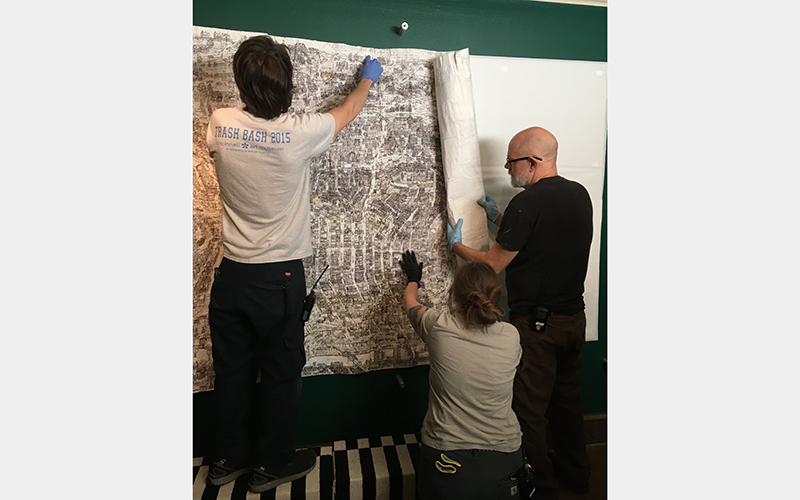
Courttney Cooper (American, b.1977), Cincinnati Map (CC10_001), ballpoint pen on collaged found paper, 2010, Museum Purchase: Alice F. and Harris K. Weston Endowment for Contemporary Art, 2014.26.
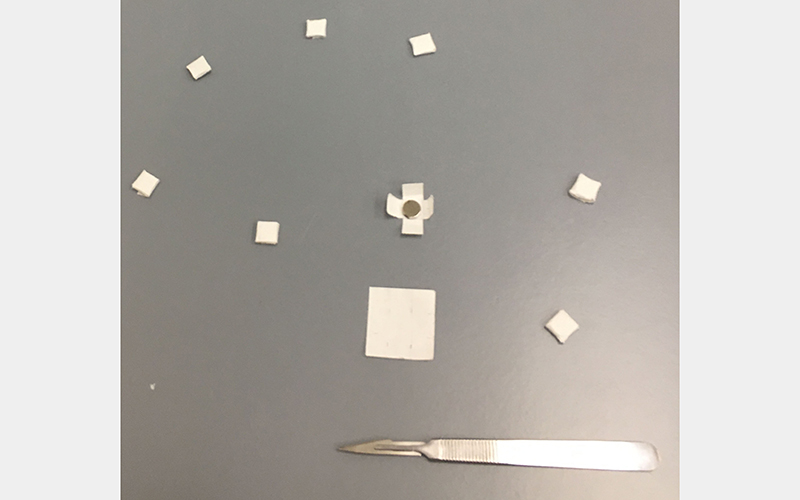
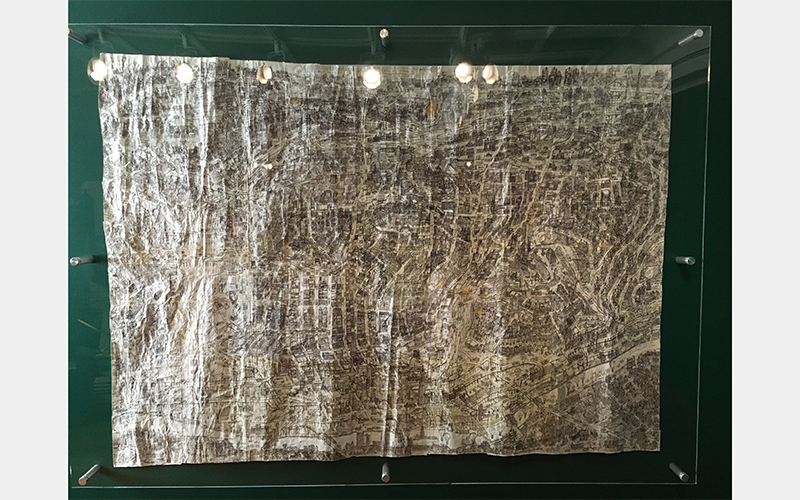
Courttney Cooper (American, b.1977), Cincinnati Map (CC10_001), ballpoint pen on collaged found paper, 2010, Museum Purchase: Alice F. and Harris K. Weston Endowment for Contemporary Art, 2014.26.
Related Blog Posts
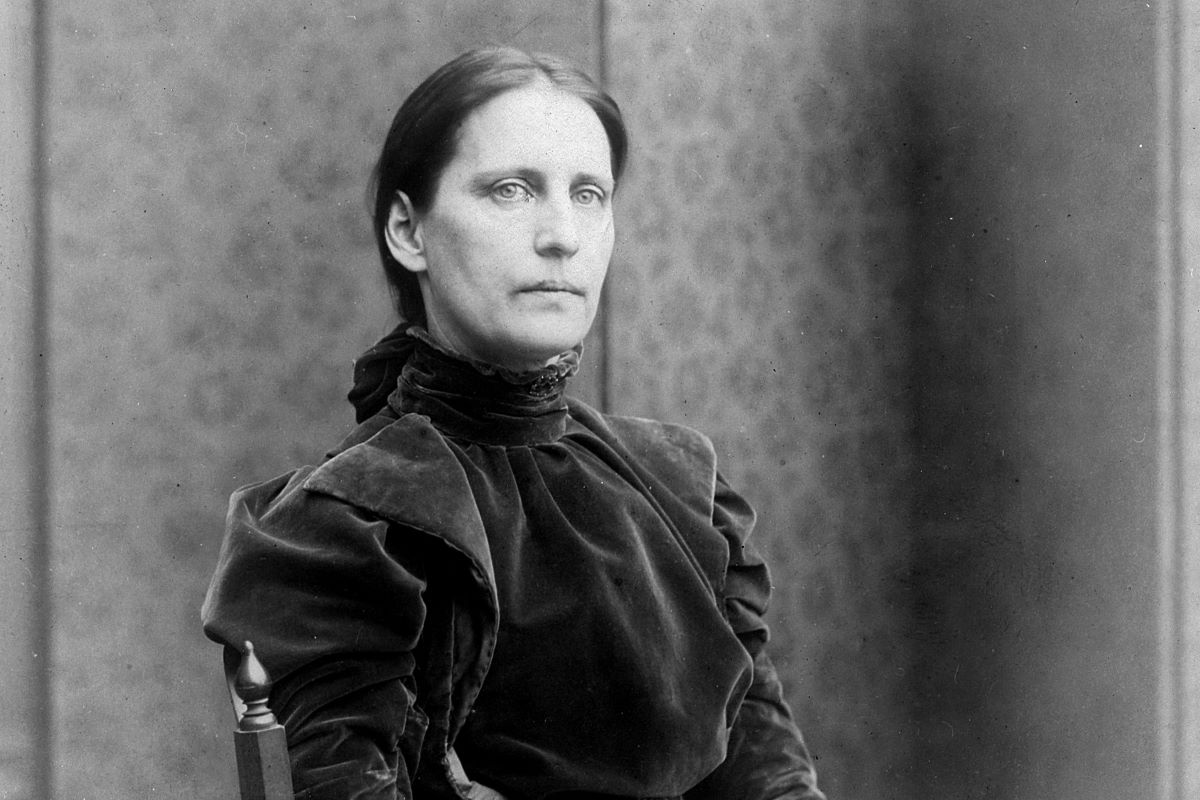
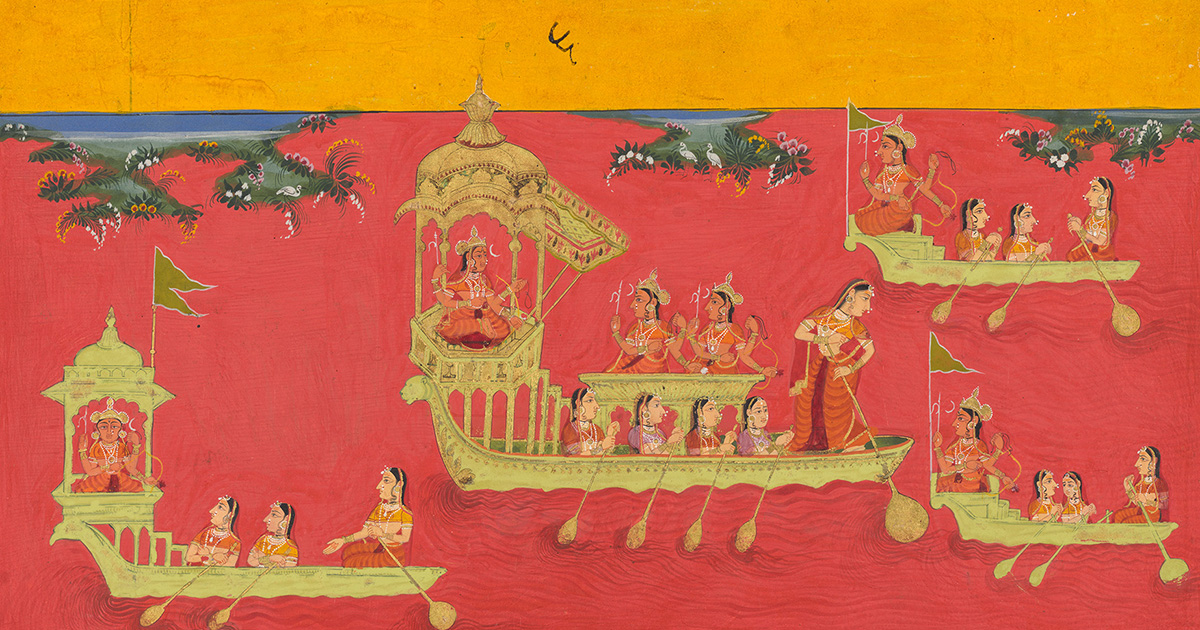
Cincinnati, OH 45202
Toll Free: 1 (877) 472-4226
Museum Hours
Museum Shop
Terrace Café
Library
The Cincinnati Art Museum is supported by the generosity of tens of thousands of contributors to the ArtsWave Community Campaign, the region's primary source for arts funding.

Free general admission to the Cincinnati Art Museum is made possible by a gift from the Rosenthal Family Foundation. Exhibition pricing may vary. Parking at the Cincinnati Art Museum is free.
Generous support for our extended Thursday hours is provided by Art Bridges Foundation’s Access for All program.

General operating support provided by:




